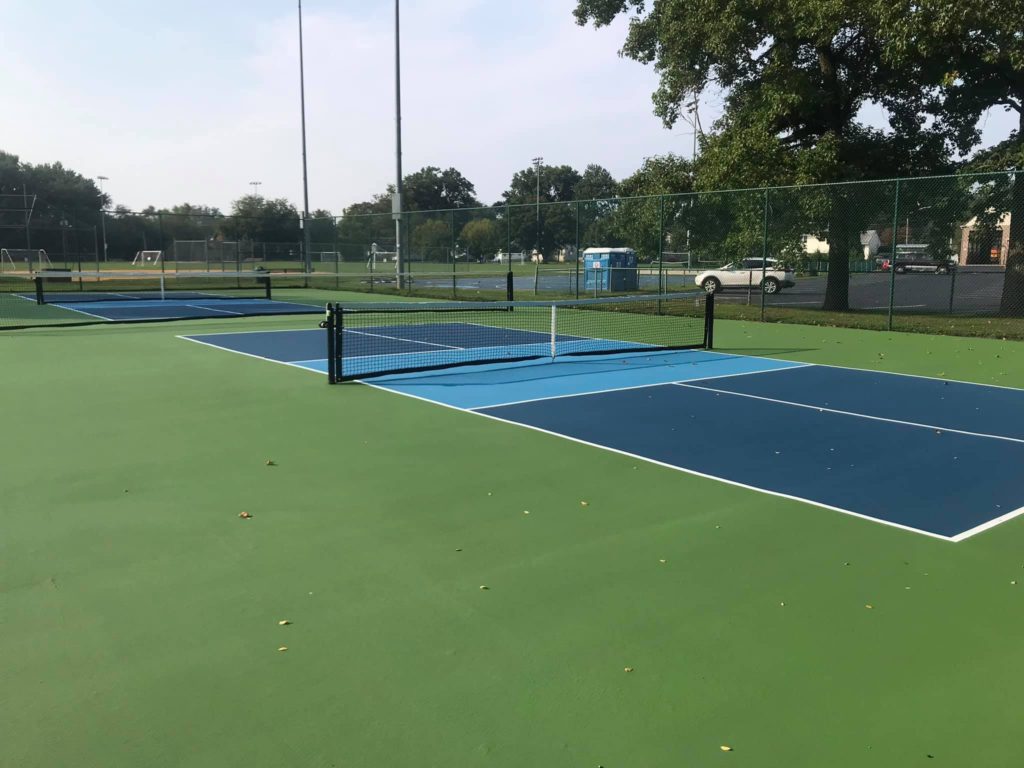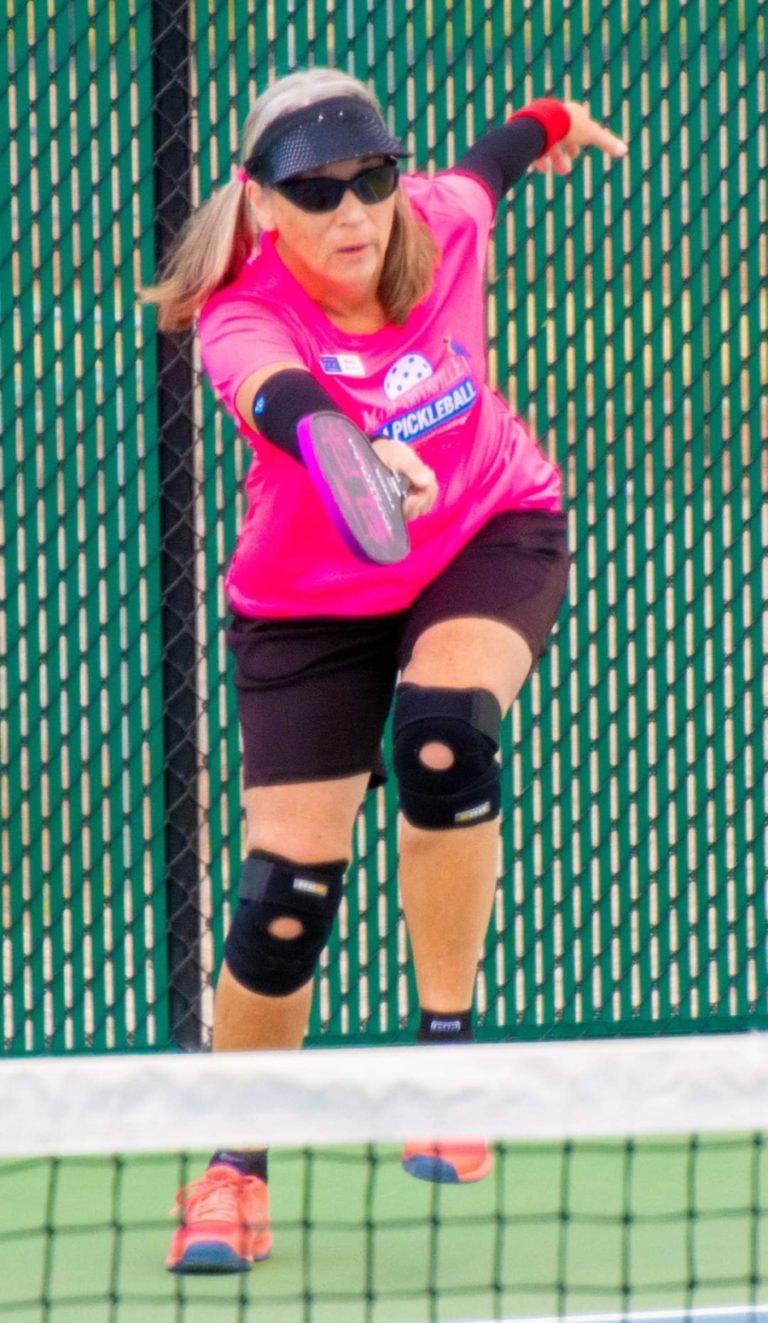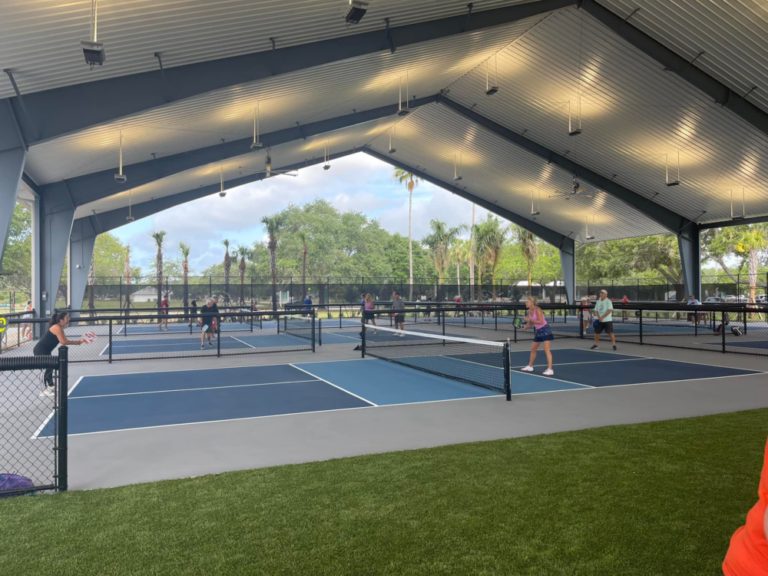Are you tired of losing to the same pickleball opponent over and over again? Do you want to take your game to the next level and start winning more matches? Look no further! Understanding your opponent’s strengths and weaknesses is crucial to winning in pickleball, and in this comprehensive guide, we will show you how to analyze your pickleball opponent like a pro. With tips and strategies ranging from observing body language to identifying preferred shots, you will be equipped with the knowledge and skills to gain a competitive edge on the court. So grab your paddle and let’s dive into the world of pickleball analysis!
1. Observe Your Opponent's Body Language
The first step in analyzing your opponent is to observe their body language. This can tell you a lot about their playing style and their mental state. For example, if your opponent is standing very close to the net, it may indicate that they are an aggressive player who likes to attack the ball. If they are slouching or seem disinterested, it may indicate that they are not fully focused on the game. If they freak out after making a mistake, you know they have a short fuse. By paying attention to these subtle cues, you can gain valuable insights into your opponent’s mindset and playing style. Use these insights to your advantage!
2. Watch Their Footwork
Footwork is an essential component of pickleball. Good footwork allows players to move quickly and efficiently around the court, enabling them to get into position to make a shot. Watch your opponent’s footwork closely. Do they move quickly and efficiently? Or do they struggle to get into position? Are they always on their toes ready for the next ball or standing flat footed? Do they take a split step in between shots? If your opponent has poor footwork, you may be able to exploit this weakness by hitting shots that force them to move quickly or change direction.
3. Analyze Their Shot Selection
The shots that your opponent chooses to play can provide valuable information about their playing style. Do they prefer to hit hard shots, or do they rely on finesse and placement? Do they have a go-to shot that they use frequently? Can they control where they are hitting the ball? Do they hit every backhand cross court? By analyzing your opponent’s shot selection, you can gain insights into their strengths and weaknesses.
4. Look for Patterns in Their Play
Pickleball players tend to fall into patterns in their play. For example, they may have a tendency to hit cross-court shots, or they may frequently lob the ball. By identifying these patterns, you can anticipate your opponent’s next move and be prepared to make a counter-play.
5. Analyze Their Serve
The serve is one of the most important shots in pickleball. A good serve can put your opponent on the defensive and give you an advantage in the game. Watch your opponent’s serve closely. Do they have a consistent serve that they use every time? Or do they mix it up with different types of serves? Analyzing your opponent’s serve can help you anticipate their next move and prepare for their shots.
6. Pay Attention to Their Court Positioning
Court positioning is another important factor to consider when analyzing your opponent. Watch where your opponent positions themselves on the court. Do they tend to stay at the baseline, or do they move closer to the net? Are they comfortable playing in the up front or the baseline? Are they always in “no man’s land”? Do they recover after each shot? By understanding your opponent’s court positioning, you can anticipate their next move and be prepared to make a counter-play.
7. Consider Their Mental State
It is important to consider your opponent’s mental state. Are they confident and focused, or do they seem nervous or distracted? Do they flip out any time they make a mistake? Are they aggressively trying to win or just playing to make friends? By understanding your opponent’s mental state, you can anticipate how they will react to different situations in the game and be prepared to capitalize on their weaknesses.
8. Assess Your Own Playing Style
Before you can effectively analyze your opponent, it’s important to assess your own playing style. Are you an aggressive player who likes to attack the ball, or do you prefer to rely on finesse and placement? By understanding your own strengths and weaknesses, you can adjust your game plan to take advantage of your opponent’s weaknesses and minimize their strengths.
9. Use Different Shots to Test Your Opponent
One effective strategy for analyzing your opponent is to use different shots to test their skills. For example, you could hit a lob to see how they react or hit a drop shot to test their ability to move quickly. By using different shots, you can learn more about your opponent’s playing style and identify any weaknesses that you can exploit.
10. Identify Your Opponent's Preferred Shot
Most pickleball players have a preferred shot that they rely on to win points. By identifying your opponent’s preferred shot, you can anticipate their next move and be prepared to make a counter-play. For example, if your opponent frequently hits cross-court shots, you can anticipate where to be on the court quicker.
11. Take Advantage of Your Opponent's Weaknesses
Every pickleball player has weaknesses in their game. By identifying these weaknesses, you can take advantage of them to win points. For example, if your opponent struggles with their backhand, you can hit shots to that side of the court to force them to make errors.
12. Practice Analyzing Your Opponent
Analyzing your opponent is a skill that takes practice. The more you play and observe your opponents, the better you will become at identifying their strengths and weaknesses. Try to play against different types of players to gain experience in analyzing different playing styles.
Conclusion
By following these tips and observing your opponent’s body language, footwork, shot selection, patterns in play, serve, court positioning, and mental state, you can gain valuable insights that will help you gain an advantage on the court. Remember to assess your own playing style, use different shots to test your opponent, identify their preferred shot, take advantage of their weaknesses, adjust your game plan as needed, and practice analyzing your opponent.
Analyzing your pickleball opponent is a key component of winning the game. With practice, you can become a skilled analyst and gain a competitive edge on the court. So go out there and play your best game yet!




